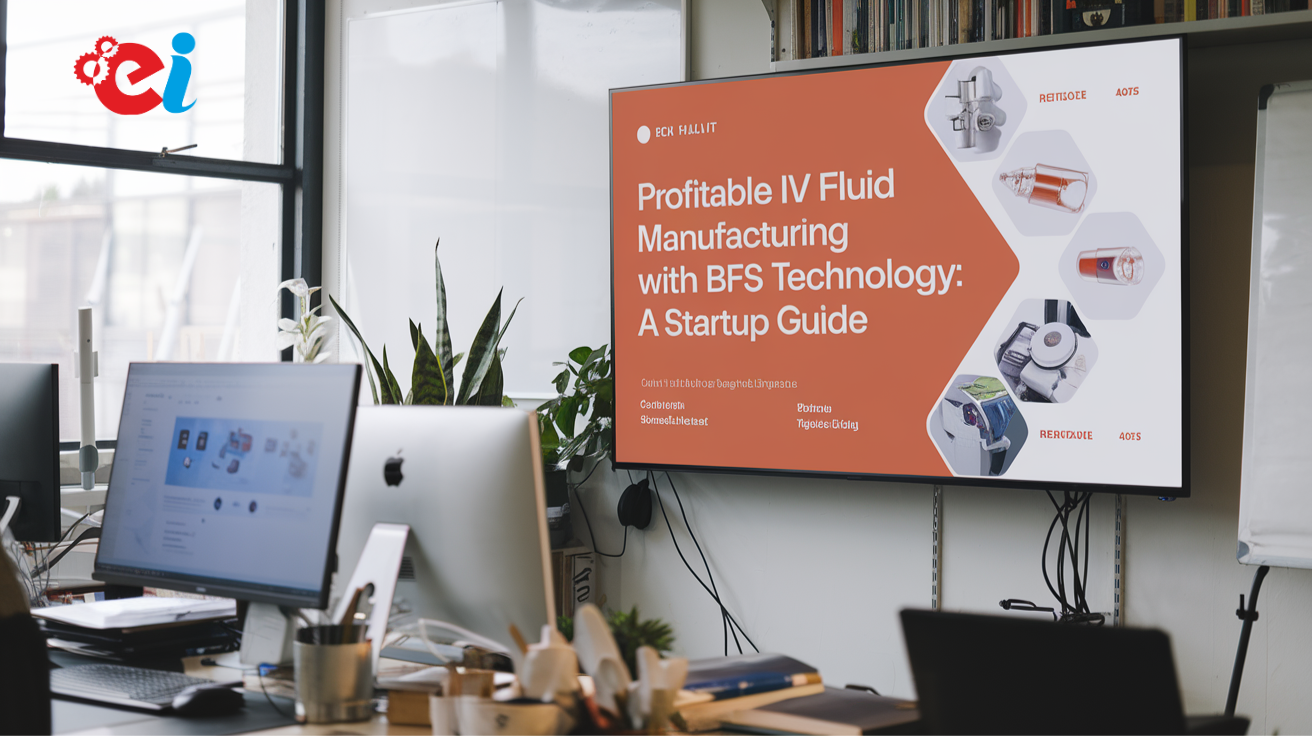
Production Capacity Planner: Let us say you have an increased demand for your manufacturing startup. That’s fantastic, isn’t it? But with such requirements come a million questions — does your present production capacity allow you to cope with such increased demand? Does it require new equipment? More manpower? How then to scale without compromising on quality or affecting the financial status?
This has been a boon and a bane among the manufacturers. It is a good sign of success; however, when it comes to this case, it is troublesome: growing to a capacity that may become necessary to accommodate all comfort demands that come up and still be efficient within earning parameters. This is where a good production capacity planner helps a buddy.
View it as the clear, transparent sphere; it gives a sneak peek of all the possible future bottlenecks, optimizes sourcing, and plans strategically for growth. The interactive Production Capacity Planner takes the guesswork about scaling out of the equation, allowing you to make those data-driven decisions with ease and confidence in managing the growth hurdle.
Also Read: How to start a Production of Sodium Metabisulfite
Need for Capacity Planning
Many growing-stage manufacturers tend to work with low visibility of their capacity, leading to
- Missed Opportunities: Unable to fill orders for demand on account of the lack of capacity.
- Cost Overruns: Inefficient allocation of resources and spending on non-stated ones.
- Quality Issues: Producing too many products leads to a rush for some products, which results in reduced quality.
- Employee Burnout: Employees are pressurized and work long hours.
It will run your planner in a way that those things can be avoided altogether and will present in a clear, interactive way how to:
- Current Capacity Evaluation: Determine accurately your present levels of production capabilities.
- Forecast Demand for the Future: Prepare for possible swings in either direction.
- Optimizing Resource Allocation: Manage equipment, labor, and materials efficiently.
- Explore various growth strategies: Discuss various options to grow.
- Minimize Risks: See every possible loophole and plan for it.
Production Capacity Planner— Working
The Production Capacity Planner has been designed to be simple, intuitive, and usable by anyone – even without special expertise in production planning. This is how it works:
1. Enter your key production data:
- Product Information: Types of products and production processes under consideration.
- Equipment Inventory: Information about your machines regarding their production capacity and their utilization rates.
- Labor Resources: Information about labor with their skills and availability.
- Availability of Materials: Information about stock status and lead times for raw materials.
- Historical Production Data: Input sets consisting of archived production data, which will enable you to identify trends.
- Demand Forecasts: Inputs may include data from sales forecasts and demand forecasts.
2. Analysis of Current Capacity:
- Capacity Utilization: Get a clearly defined image of your capacity utilization.
- Any barrier identification: Identify possible barriers in your operations.
- Performance metrics: Monitoring the KPIs throughout cycle time.
3. Demand Capacity Forecasting:
- Scenario Planning: A plan for anticipating demand scenarios and repercussions that can be assessed.
- Capacity Gap Analysis: Consider gaps in capacity and growth planning as well.
- Resource Forecasting: Future resource planning is about forecasting potential needs with demand forecasts.
4. Evaluate Expansion Options:
- Equipment Investment: What kind of scenario is triggered by buying new equipment?
- Increased Hiring: Evaluate the costs and benefits of hiring additional labor.
- Process Optimization: Look for areas, wherever possible, to improve processes and increase capacity.
- Outsourcing Options: Check for the possibility of outsourcing specific processes of production.
5. Optimize Resource Allocation:
- Production Scheduling: Produce and implement production schedules optimally for maximum efficiency.
- Inventory Management: Optimize inventory levels to reduce cost-outs and prevent stock-outs from occurring.
- Resource Leveling: Level out the usage of resources to prevent bottlenecks from forming.
6. Report Generation and Insight:
- Capacity Reports: It generates reports in detail on the capacity that is being utilized and measures performance.
- Cost Analysis: A study regarding the costs incurred to use varied expansion options.
- Scenario Comparisons: Compare results resulting from various scenarios, enabling informed decisions.
Humanizing the Scaling Process: More Than Just Numbers
This capacity planner comes with many collaborative and communicative features, like
- Team Collaboration: Share plans and reports made with the staff.
- Task Management: Create tasks and monitor progress.
- Communication Tools: To communicate with the whole team and suppliers.
Major Scaling Challenges That Manufacturers Face:
This planner is aimed at growth-stage manufacturers and tackles the following typical challenges:
- Demand Uncertainty: Prepare for said change in demand with scenario planning.
- Resource Constraints: Resource allocation should be optimized for maximum efficiency.
- Quality Control: Provide the same quality during extremely rapid and aggressive scaling.
- Employee Training: Train employees with respect to new processes and technologies.
- Funding Constraints: Weigh the costs and benefits of alternatives for expansion strategies.
Your Growth Journey: Startup to Scale-Up
More than just a software application, the Production Capacity Planner is your partner in supporting the success of your manufacturing business, equipping you with tools and insights to make informed scaling decisions. Ways in which it helps you:
- Optimize resource allocation and minimize cost. Maximize profit.
- Enhance throughput and production processes. Enhance efficiency.
- Guarantee quality during rapid high-productivity expansion. Maintain quality through rapid expansion.
- Manage risks. Identify future bottlenecks and generate backup plans.
- Grow your competitive edge. Scale up your operations swiftly and match demand.
The Endless Growth Journey
Scaling is a process and not an event. It requires continual monitoring and evaluation. The planner allows you.
- To Monitor Performance: Monitor KPIs and highlight areas of improvement.
- To Adapt to Change: Change your plan and strategy when required.
Creating a Sustainable Future: Conscientious Development
One of the most important components of a successful business in the modern world is responsible expansion. Essentially, this planner helps guide development with responsible decision-making along the following lines:
- Environmental Impacts: With a more sustainable production process,
- Social Responsibility: Some job sites and communities are impacted.
- Ethical Workforce: Compliance with fair labor standards.
- Grow sustainably and socially responsibly; together we will be responsible for growth.






